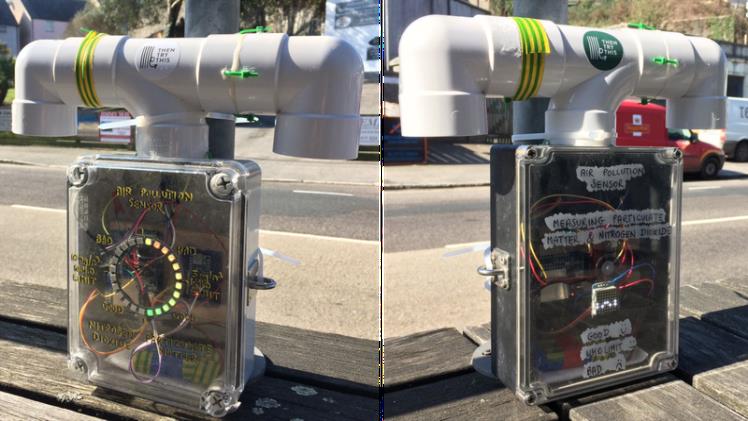A Nitrogen Dioxide sensor measures the concentration of NO2 in the air. They can be based on different features, such as minimum odor threshold, reliability, and accuracy. A good sensor should be able to detect even very low concentrations of NO2.
Detection of low ambient concentrations of NO2
The underlying mechanism for the seasonal variations in NO2 concentrations is the chemistry of the hydroxyl radical (OH). Its lifetime is affected by changing solar zenith angle and other meteorological processes. Therefore, the detection of low ambient concentrations of no2 sensor is challenging.
The first step is to measure the intensity of light in the sample. The light from the first path is measured and recorded while that from the second path is determined through electronic differentiation. The quantity of NO2 in the sample air sample is then measured from this difference. The data can be used to create a plan for remedial actions.
After determining the atmospheric NO2 concentrations, researchers analyzed the data to determine how these concentrations change over time. They then analyzed the relationship between the nitrogen species and the concentration of ozone. This study also investigated the effect of temperature on NO2 concentrations.
Reliability
A good nitrogen dioxide sensor must be highly reliable and reproducible. The operating temperature of the sensor should be around 60 degC. A thermal isolation layer can be used to reduce the temperature. The sensor response time should be fast, approximately 110 s. The reversibility and repeatability of the sensor should be excellent, because repeatability is essential for practical gas sensing.
The study used a calibration data set to evaluate the reliability of three types of sensors. The O3mon, O2mon, and Cairclip sensors had similar SDs in training but different SDs in the testing dataset. The calibration data set included calibration data from two independent calibrations.
However, in the field, the sensor’s reliability can be greatly impacted by environmental factors. Seasonal changes and temperature fluctuations affect sensor performance and can cause unreliable results. One study in Denver, Colorado, conducted in collaboration with the U.S. Environmental Protection Agency, found that baseline readings decreased during the warmer months. The study found that the sensors had been calibrated to detect gas concentrations 1000 times higher than ambient air.
Accuracy
There are several factors to consider when evaluating the accuracy of a nitrogen dioxide sensor. One of these factors is cost. While sensors with a low price tag can be used for the same purpose, these sensors may not be as accurate as other, higher-cost sensors. Additionally, low-cost sensors may require some modifications to their hardware and operating techniques.
In this study, we compared the accuracy of three commercial NO2 and O3 sensors to reference instruments. Our objective was to assess the accuracy of the sensors and validate their use in occupational exposure assessment. The accuracy of these sensors was evaluated based on correlation with NIOSH-recommended instruments.
Accuracy is a key factor for determining the safety of an environment. A high-quality sensor must be able to measure nitrogen dioxide levels with precision. In the coal mining industry, for example, nitrogen dioxide tends to accumulate. Therefore, coal mine enterprises install nitrogen dioxide sensors to monitor the gas in real-time. These sensors are also used in the chemical and meteorological industries.
Minimum odor threshold
An odour threshold is the general detection threshold of an average human being to a specific chemical. Early attempts at determining odour thresholds gave results that varied from one individual to another. However, recent research has produced reproducible and consistent values. In one study, Yoshio Nagata compiled the odour thresholds of 223 compounds.
NO2 is a reddish brown gas that decomposes in water to form nitric oxide and nitric acid. Humans can detect it in air at levels up to 0.4 ppm. As exposure time increases, most individuals can develop a tolerance to its smell. This gas is commonly used in various industrial processes, including bleaching flour. However, it can be hazardous to human health and safety.
A nitrogen dioxide sensor is useful in a range of applications. It can detect emissions of this chemical by measuring their OH concentration. It can identify the most prevalent pollutants in an area and identify potential hazards. It can also be used to monitor air pollution.
latestdigitals & technnology news site

